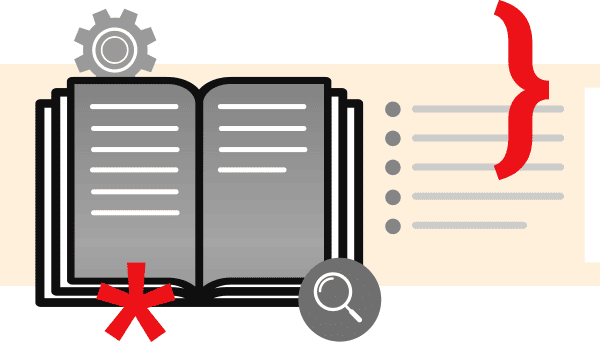- Products
-
-
Platform
Self-Managed
-
Services
Capabilities
-
-
-
Why Couchbase?
-
-
- Solutions
-
-
By Use Case
-
By industry
-
By Application need
-
-
- Resources
-
-
Popular Docs
-
By Developer Role
-
Quickstart
-
-
- Company
-
-
About
-
Partnerships
-
Our Services
-
Partners: Register a Deal
Ready to register a deal with Couchbase?
Let us know your partner details and more about the prospect you are registering.
Start hereMarriott
Marriott chose Couchbase over MongoDB and Cassandra for their reliable personalized customer experience.
Learn more
-
-
- Pricing
- Try Free
- Sign In
- English
- search
Full-Text Search
Couchbase's full-text search integrates powerful, flexible tools directly into its database, enabling users to easily find data across text, geolocation, and vectors, thus improving scalability, security, and cost-efficiency for modern applications.
What is full-text search (FTS)?
Full-text search makes it easy to find content in your database by using criteria such as text, latitude, longitude, and vector embeddings to scan indexes for matches. FTS indexes are pre-organized to make retrieval faster than traditional field-based database scanning. Integrated JSON full-text search on Couchbase provides powerful search tooling with multi-language and SQL++ query support. Find documents by using simple or complex terms and phrases, geolocation, and vector search, without the need for any third-party software.
Don’t let search challenges hold you back
Simple
Eliminate secondary systems and data integrations, increase productivity with a single search and database system combined.
Affordable
Reduce the overall cost of your stack by using a single vendor for search and database licensing, training, and support.
Secure
Improve your overall security with a single-system architecture that requires only one point of management.
Integrated
Give developers an integrated text search system so they don’t have to learn new SDKs and management tooling.
Full-text search key services & capabilities
Full-text search is fully integrated as a flexible and distributed system for your JSON database searching needs. Index and find text, geographic coordinates, and vectors within any type of Couchbase document while returning search results through SQL++ queries, the SDK, or a single integrated management interface.
Index JSON data
Index using powerful multi-language text analyzers and the flexibility of multiple fields, nested objects, and arrays.
Flexible search
Single indexes support multi-field queries, using exact or fuzzy matches and any combination of ANDs and ORs.
Hybrid query integration
Reduce code complexity with the ability to combine SQL++, full-text search, geospatial, and vector into a single query when needed.
Develop modern applications more easily
With our full-text search, you can add powerful and flexible capabilities to your Couchbase applications without any additional download or installation required. Enable the service, create an index, and start searching right away.

Simplify code with integrated query and search
You can use full-text search queries directly within a SQL++ query, including text, vector, and geospatial. This eliminates the need to write complex code to process and combine the results from separate SQL and search queries.

Built-in HA for any scale
Text search tools are integrated into Couchbase with built-in partitioning, replication, and auto-failover for high availability. You can scale out full-text search with the same flexible distributed and scale-out architecture of the Couchbase database platform.

What customers are saying

“With search integrated into Couchbase, we can seamlessly search all this data and derive relevance-based intelligence using a single data platform.”

“Couchbase Search allows us to deliver customer search results from extremely large data sets very efficiently.”

“Couchbase is a trifecta of value. We get more features, save time, and spend less money all at once.”

“We’re happy with Couchbase’s availability, performance, easy-to-replicate data, security, scalability, and full-text search.”
Try full-text search with Couchbase Capella™
Sign up to use Capella for free and get started with sample data and search indexes.
Explore related resources

Introduction to full-text search

Add full-text search to your Couchbase data

Advanced geospatial search: Polygon, circle, envelope, etc.
Start building
Check out our developer portal to explore NoSQL, browse resources, and get started with tutorials.
Use Capella free
Get hands-on with Couchbase in just a few clicks. Capella DBaaS is the easiest and fastest way to get started.
Get in touch
Want to learn more about Couchbase offerings? Let us help.

